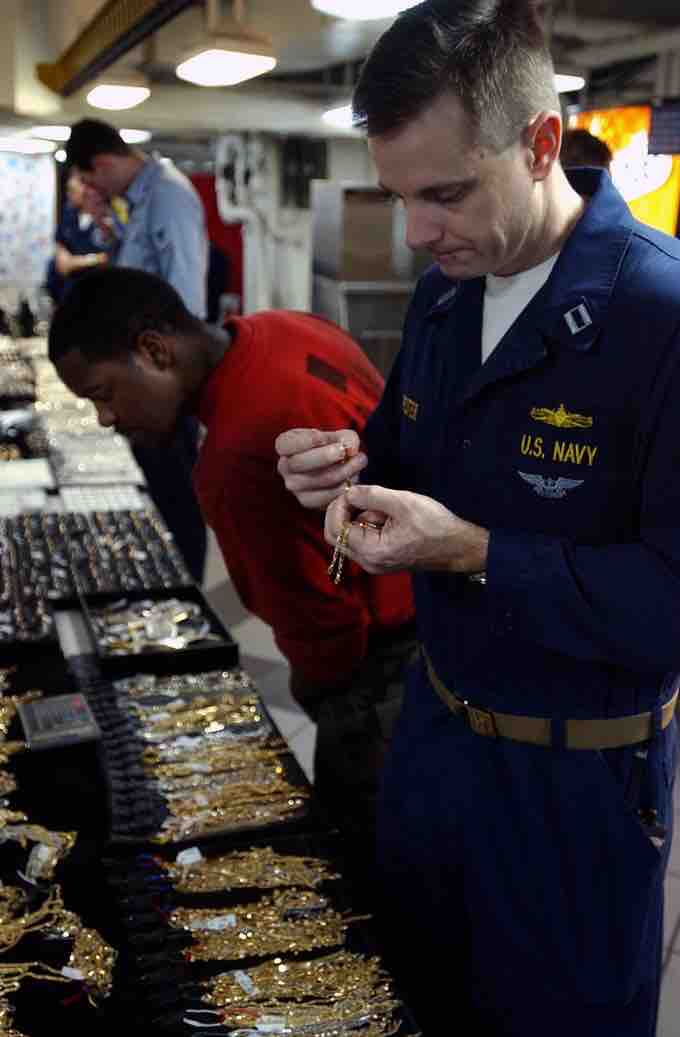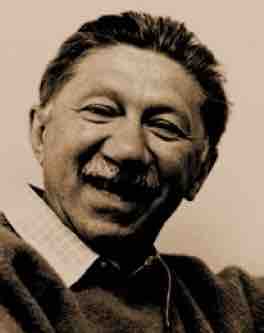Need Recognition
The Consumer Decision Processes (also known as Buyer Decision Processes) refer to the decision-making stages that a consumer undergoes before, during, and after they purchase a product or service.
John Dewey introduced 5 stages which consumers go through when they are considering a purchase:
- Problem or need recognition
- Information search
- Evaluation of alternatives
- Purchase
- Post-purchase behavior
Problem or Need Recognition
This is the first stage of the Consumer Decision Process in which the consumer is able to recognize what the problem or need is and subsequently, what product or kind of product would be able to meet this need. It is oftentimes recognized as the first and most crucial step in the process because if consumers do not perceive a problem or need, they generally will not move forward with considering a product purchase.

Consumer making a decision
When making a decision, a person first needs to identify and define the problem or the conflict.
A need can be triggered by internal or external stimuli. Internal stimuli refers to a personal perception experienced by the consumer, such as hunger, thirst, and so on. For example, an elderly, single woman may feel lonely so she decides that she wants to purchase a cat. External stimuli include outside influences such as advertising or word-of-mouth. For example, a consumer who just moved to Minnesota may not realize he needs a heavy winter coat until he sees a store advertising for it, which triggers the need in his mind.
Maslow's Hierarchy of Needs
American Psychologist Abraham Harold Maslow believes that needs are arranged in a hierarchy. Only after a human has achieved the needs of a certain stage, does he move to the next one. None of his published works included a visual representation of the hierarchy. The pyramidal diagram illustrating the Maslow needs hierarchy may have been created by a psychology textbook publisher as an illustrative device.

Abraham Maslow
Abraham Harold Maslow (April 1, 1908 – June 8, 1970) was an American professor of psychology who created Maslow's hierarchy of needs
This now iconic pyramid frequently depicts the spectrum of human needs, both physical and psychological, as accompaniment to articles describing Maslow's needs theory and may give the impression that the Hierarchy of Needs is a fixed and rigid sequence of progression. Yet, starting with the first publication of his theory in 1943, Maslow described human needs as being relatively fluid—with many needs being present in a person simultaneously.
According to Maslow's theory, when a human being ascends the levels of the hierarchy having fulfilled the needs in the hierarchy, one may eventually achieve self-actualization. Maslow eventually concluded that self-actualization was not an automatic outcome of satisfying the other human needs. Human needs as identified by Maslow:
- At the bottom of the hierarchy are the "Basic needs or Physiological needs" of a human being: food, water, sleep and sex.
- The next level is "Safety Needs: Security, Order, and Stability". These two steps are important to the physical survival of the person.
- Once individuals have basic nutrition, shelter and safety, they attempt to accomplish more. The third level of need is "Love and Belonging", which are psychological needs; when individuals have taken care of themselves physically, they are ready to share themselves with others, such as with family and friends.
- The fourth level is achieved when individuals feel comfortable with what they have accomplished. This is the "Esteem" level, the need to be competent and recognized, such as through status and level of success.
- Then fifth is the "Cognitive" level, where individuals intellectually stimulate themselves and explore.
- Finally, there is the "Aesthetic" level, which is the need for harmony, order and beauty.
At the top of the pyramid, "Need for Self-actualization" occurs when individuals reach a state of harmony and understanding because they are engaged in achieving their full potential.